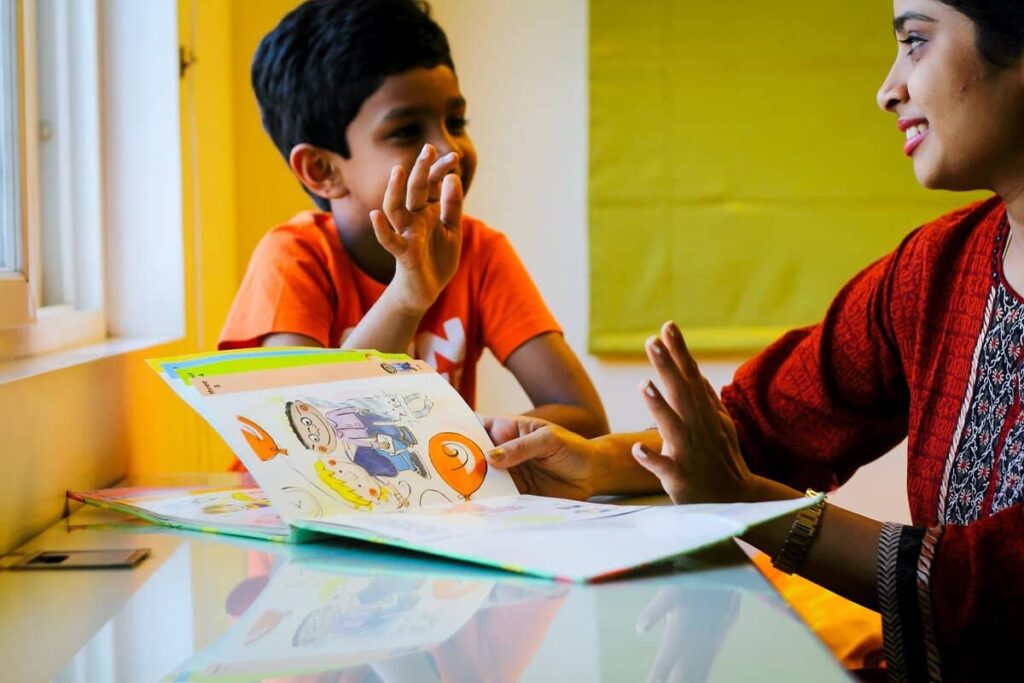How parents can make learning more inclusive for their children.
Dubai’s Knowledge and Human Development Authority (KHDA) has published a step-by-step manual for parents of tenacious kids or kids who might encounter learning obstacles.
The guide aims to empower parents to act as effective advocates for their kids by educating them about their rights, obligations, and possibilities when navigating the inclusive education system. These six measures will therefore assist to guarantee that your child has a more inclusive learning experience, regardless of whether he or she is having learning difficulties or is a determined child.
Step 1: Select an inclusive school for your child
Choosing the school that best suits your needs is the first step. You can accomplish this by examining the school’s location, curriculum, and/or price range, as well as the yearly reports from the KHDA’s Dubai School Inspection Bureau (DSIB).
You may get a good understanding of the school’s policies regarding students of determination on its website. You can also find out if the school’s vision and objectives include an inclusive education system and what policies and procedures are in place for the admission of students of determination.
You can also get in touch with the school to set up a tour, and if all goes well, you can start the formal application process to enroll your child.
Step 2: Complete an Entry Assessment of Need
Following your application for admission, the school will invite you to attend your child’s “assessment of need.”
You should accompany your child to the evaluation and offer any knowledge you have about their needs and skills, including any diagnostic or medical reports that have already been completed.
You will be notified by the school if your child is given a spot at the institution. All of this, including the requirement for any further paid services your child might want, should be stated properly in writing. An Individualized Service Agreement between the school and the parent, which must be presented to KHDA, will mention the additional paid services.
Your child must get written notice from the school if a place is not offered. In this situation, the school must complete and send the KHDA Non-Admission Notification Form to KHDA for monitoring and review. If your kid is added to the school’s waiting list or is not re-enrolled, you should still follow this procedure.
Schools and parents have the option of applying for the “Rahhal” programme, which allows more flexible learning because it is a platform intended for distance learning. Since that it is a voluntary programme developed in partnership between schools and KHDA, only a select few schools provide it.
Step 3: Identify barriers that restrict your child’s learning
The most crucial stage in creating a successful educational programme for kids is for the school to recognize and comprehend the child’s learning limitations. Based on the findings of the prior “Assessment of Need,” this will be done. The results are shared with the parents once the school has determined a child’s learning problems. The data gathered will show one of two things:
- your child is a Student of Determination or
- Your youngster encounters obstacles to learning for several causes.
In the event that your kid is designated as a Student of Determination, the school will inform you of the relevant condition, problem, or disorder and will offer your child support at levels 1, 2, or 3.
If your child is not recognized as a Student of Determination, the school will carry out additional research to find and comprehend potential factors for the change in your child’s performance and results.
The school will next talk with you about the best support plans to lessen or eliminate the obstacles your kid faces in learning.
Step 4: Implement support to lower barriers to learning
Knowing your child’s instructors and support staff members and knowing who to contact in case you have any questions or concerns is the next step to making sure your child’s daily educational needs are met after an effective education programme has been put in place.
The school is required to outline who will be supporting your kid, how that help will be delivered, and what kind of support it will be.
Step 5: Establishing an Individual Education Plan (IEP) for your child
After thorough conversations between the school, the parents, and any other professionals, if needed, an Individual Education Plan (IEP) will be created for students with more complex learning challenges who need more targeted and individualized assistance strategies.
If the IEP calls for any additional funded services, these must be specified in the Individualized Service Agreement form before they can be turned in to KHDA.
Step 6: Communicate about and contribute to your child’s education
You will be in a better position to know who to contact in case you have questions or concerns once the plans are in place and you have spoken with the school. You will also be more aware of your obligation to support your child’s education. You must regularly communicate with your child’s teachers and let them know about any difficulties your child may be having.
Guide: Taking your children home from school? Follow these nine driving rules and obey the speed limit
